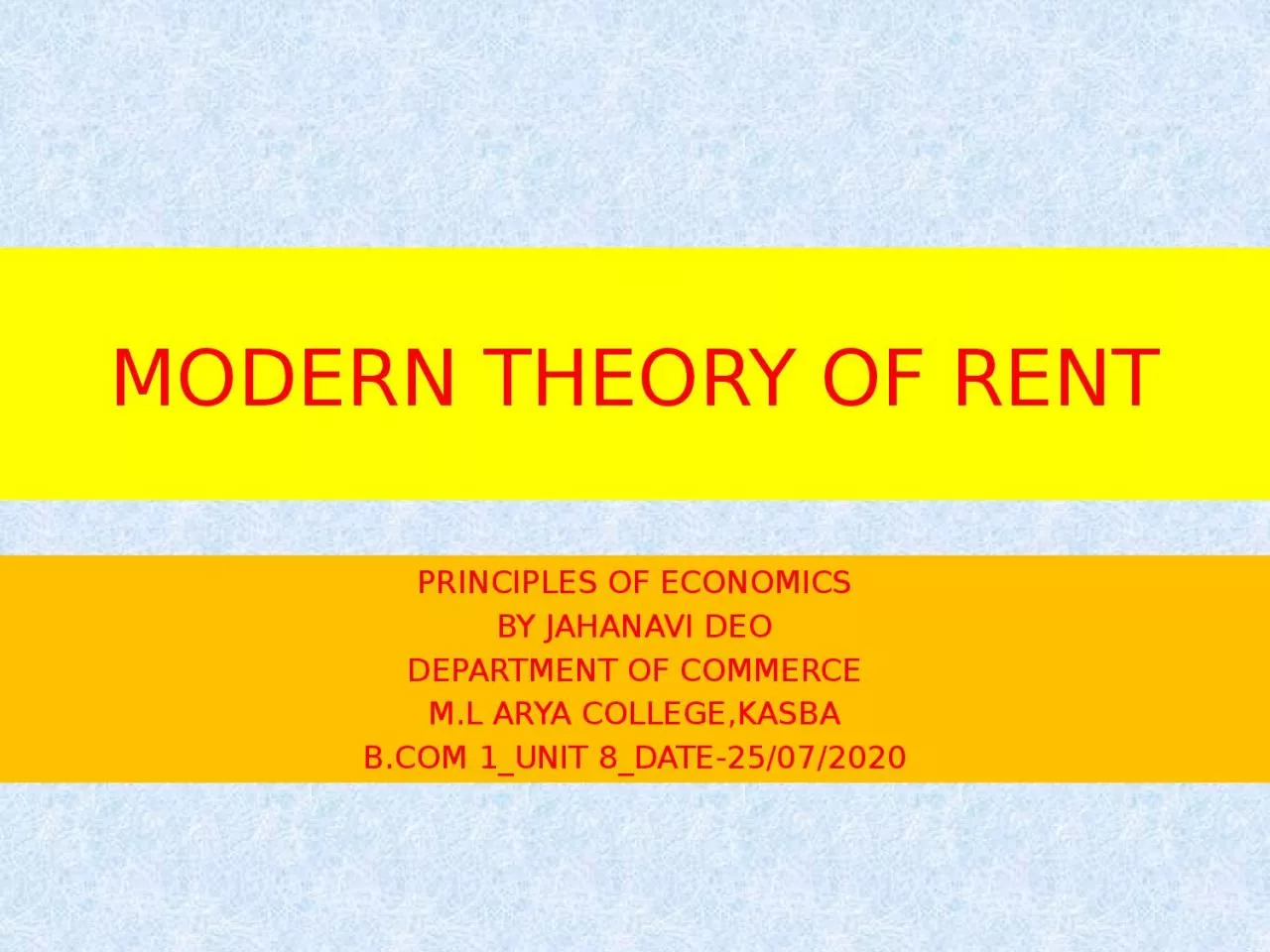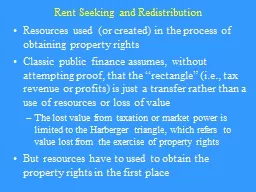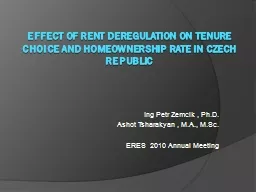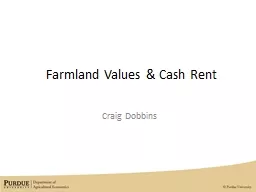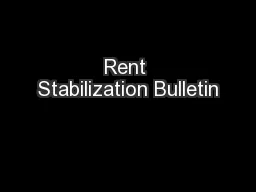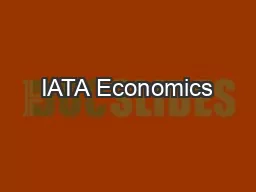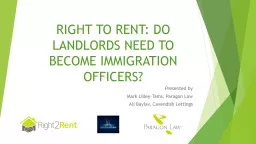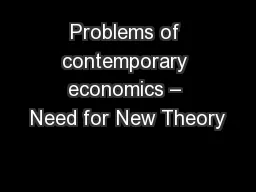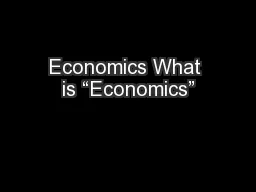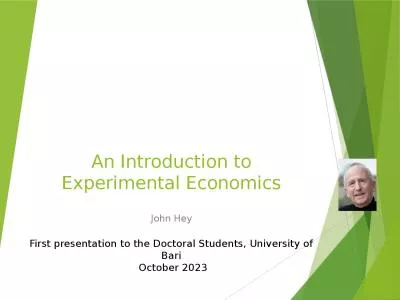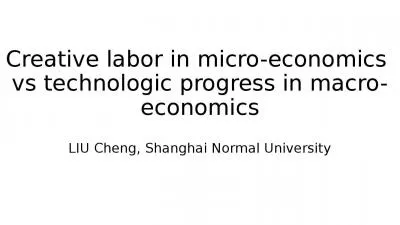PPT-MODERN THEORY OF RENT PRINCIPLES OF ECONOMICS
Author : caitlin | Published Date : 2023-11-03
BY JAHANAVI DEO DEPARTMENT OF COMMERCE ML ARYA COLLEGEKASBA BCOM 1UNIT 8DATE25072020 Modern theory of rent is an amplified and modified version of Ricardian theory
Presentation Embed Code
Download Presentation
Download Presentation The PPT/PDF document "MODERN THEORY OF RENT PRINCIPLES OF ECON..." is the property of its rightful owner. Permission is granted to download and print the materials on this website for personal, non-commercial use only, and to display it on your personal computer provided you do not modify the materials and that you retain all copyright notices contained in the materials. By downloading content from our website, you accept the terms of this agreement.
MODERN THEORY OF RENT PRINCIPLES OF ECONOMICS: Transcript
Download Rules Of Document
"MODERN THEORY OF RENT PRINCIPLES OF ECONOMICS"The content belongs to its owner. You may download and print it for personal use, without modification, and keep all copyright notices. By downloading, you agree to these terms.
Related Documents

